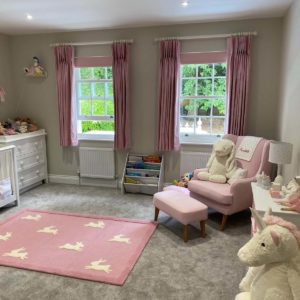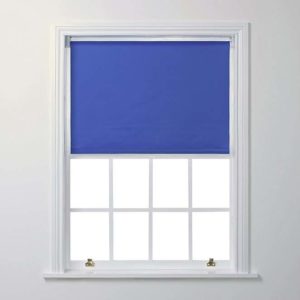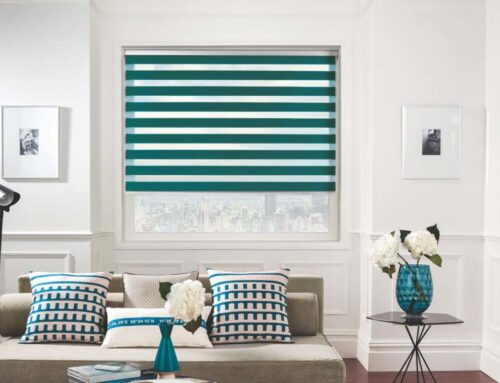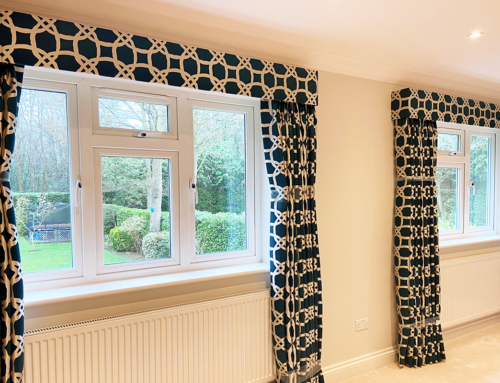Can a blind ever be truly blackout?
Well, the answer is yes but you might have to compromise on style!
I get asked all the time for blackout blinds, with good reason. Many of us (and I count myself in this category) are sensitive to light and need complete darkness to help ensure a good night’s sleep. Others may have young children that they’re trying in vain to persuade to stay asleep until a more civilised hour rather than waking at 5am every morning!
Whatever your reason for needing blackout blinds, there are a few things you need to know before you decide on which style suits you.
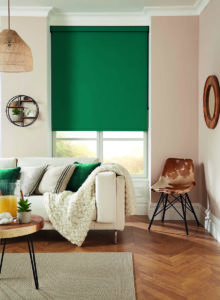
Roller blinds and Vertical Blinds
Roller blinds are probably the least expensive type of blind and come in a good selection of plain and patterned fabrics that are described as blackout. This means that although no light will penetrate the fabric, you will get what we call ‘light bleed’ around the sides. This is because the fabric has to be several centimetres narrower than the window to accommodate the roller mechanism at the top. This gives a sort of halo of light around the edges when it’s light outside. It’s a similar story with vertical blinds
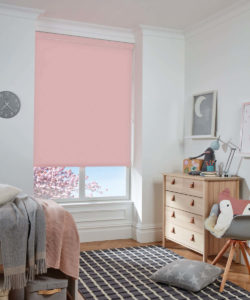
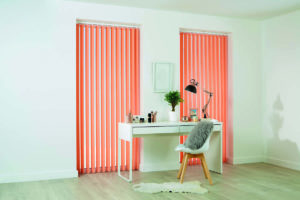
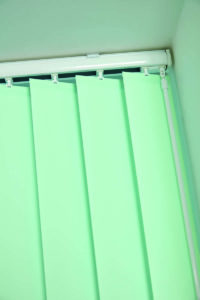
Roman Blinds
These are a better alternative as they can be made with around 1cm of gap from the fabric to the window recess and lined with blackout lining. In fact, most roman blinds we now make, have a thicker ‘bonded blackout’ lining. Light will still come through a little, but less so than roller blinds.
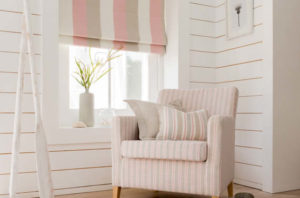
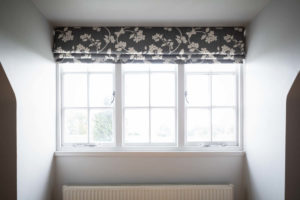
Wood Venetians
These are probably the most unsuitable if you really want total darkness in the room. Because of their very nature of wood slats overlapping each other, there is a light gap between each slat which lets a lot of light through.
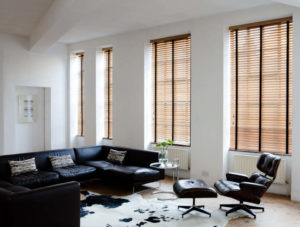
So what is the best solution to creating a dark bedroom?
There are a couple of options to consider. Firstly, look at layering window dressings. Having a blind made from a blackout fabric fitted within the recess and a pair of blackout curtains covering the window is certainly one of the better ways to block out light.
Alternatively, you could have a roller blind fitted inside the recess with ‘side channels’ fitted to the side walls. This allows the blind to go up and down within the frame and covers up the light gaps at the sides. Not the most attractive solution and a little reminiscent of school science classrooms, but if you’re really serious about darkness, then this will do it!
Personally, I prefer the layered option, in my own bedroom I have blackout roman blinds and Wave curtains on a track that is fitted to the ceiling which does provide total darkness, and since I couldn’t decide between two fabrics I liked for the bedroom, it solved that problem too as I used both!
